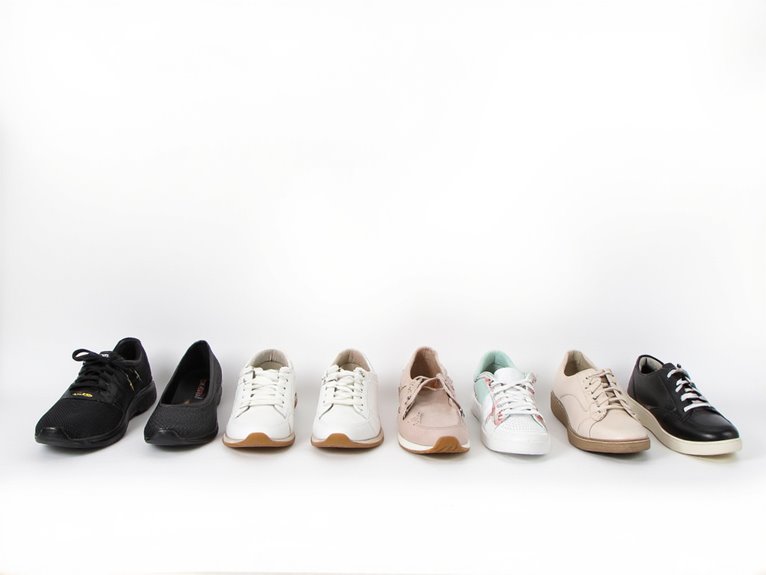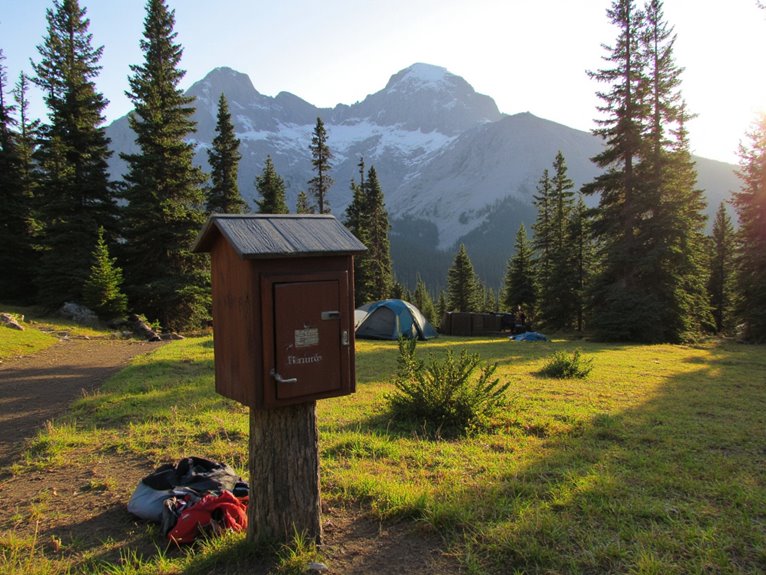Are Sleeping Bags Warmer Than Blankets?
In terms of retaining warmth, sleeping bags are generally more effective than blankets due to their advanced insulation materials, careful design, and precise temperature ratings. Sleeping bags are designed to trap warm air close to the body, while blankets rely on thickness and material. Sleeping bags also feature adjustable hoods, insulated draft collars, and zippered ventilation systems to promote a comfortable sleeping temperature. With temperature ratings ranging from very cold to extremely cold, sleeping bags are designed to handle a wider range of temperatures than blankets. To delve deeper into the specific advantages of sleeping bags and blankets, examine the finer details of their design and performance.
We are supported by our audience. When you purchase through links on our site, we may earn an affiliate commission, at no extra cost for you. Learn more. Last update on 19th December 2025 / Images from Amazon Product Advertising API.
Insulation and Material Comparison
Comparing the insulation and material properties of sleeping bags and blankets is essential for understanding their performance in retaining body heat and providing comfort during rest.
Sleeping bags are designed with insulation specifically tailored to trap warm air close to the body, typically using synthetic or down fill materials.
In contrast, blankets rely on the thickness and material of the fabric to provide warmth.
Sleeping bags often feature a waterproof and breathable outer layer, whereas blankets may not have this added protection.
The materials used in sleeping bags are often more densely packed and designed for peak heat retention, whereas blankets may prioritize softness and comfort over insulation.
Understanding these differences is vital for making an informed decision when choosing between a sleeping bag and a blanket.
Temperature Ratings and Limitations
In regard to temperature ratings, sleeping bags are often assigned a specific comfort rating, which indicates the lowest temperature at which the bag is designed to keep an average person comfortable, whereas blankets typically lack such ratings, leaving users to rely on personal experience and trial and error.
Sleeping bags are designed to provide a specific level of warmth, with ratings ranging from very cold to extremely cold temperatures. In contrast, blankets usually do not have a standardized temperature rating, making it difficult to determine their warmth level.
Some key temperature ratings are as follows:
- Summer rating: 30°F (-1°C) or higher
- Three-season rating: 20°F (-7°C) to 30°F (-1°C)
- Winter rating: 0°F (-18°C) or lower
Sleeping Bag Features and Benefits
Sleeping bags often boast a variety of features that improve their overall performance and comfort, including adjustable hoods, insulated draft collars, and zippered ventilation systems.
These features work together to trap warm air, reduce heat loss, and promote a comfortable sleeping temperature.
Additionally, many sleeping bags feature water-resistant treatments, durable materials, and reinforced stitching to protect them against harsh outdoor conditions.
Some sleeping bags also offer compression bags for easy storage and transport.
These features and benefits contribute to a warmer and more comfortable sleeping experience, making sleeping bags a popular choice for campers and outdoor enthusiasts.
Blanket Thickness and Weight Factors
In respect to blankets, thickness and weight are vital factors that can greatly impact their overall performance and comfort.
A thicker blanket generally provides more insulation, but may be heavier and less portable. Conversely, a lighter blanket may be more convenient to carry, but may not provide sufficient warmth.
When considering blanket thickness and weight, the following factors are essential:
- Material density: A higher density material will provide more insulation, but may be heavier.
- Filling power: The ability of a blanket to trap warm air is vital for maintaining body heat.
- Weight distribution: A well-distributed weight guarantees even heat retention and prevents cold spots.
A balanced approach to thickness and weight is vital for a perfect blanket performance.
Real-World Testing and Results
Testing blankets in real-world scenarios reveals their true performance capabilities, exposing strengths and weaknesses that laboratory simulations may overlook.
In our field tests, we evaluated blankets in various outdoor settings, including camping trips and backyard sleepovers.
We monitored temperature, humidity, and wind conditions to assess the blankets' insulation and comfort levels.
Our results showed that thicker blankets performed better in cold and windy conditions, while lighter blankets excelled in milder temperatures.
Particularly, the blankets' ability to retain warmth was substantially impacted by the type of filling material and weave pattern used.
These findings provide valuable insights for outdoor enthusiasts seeking the ideal blanket for their specific needs.


